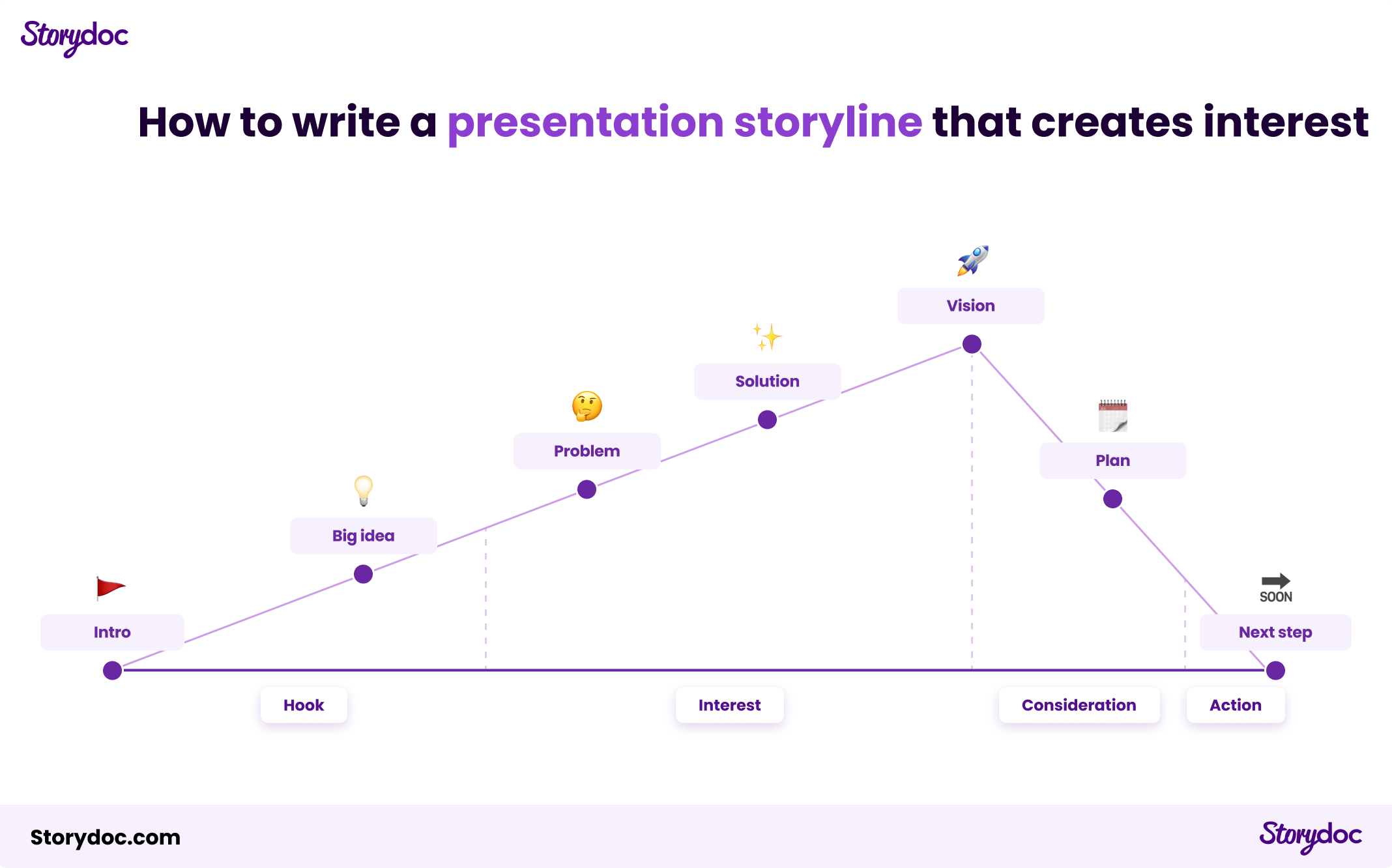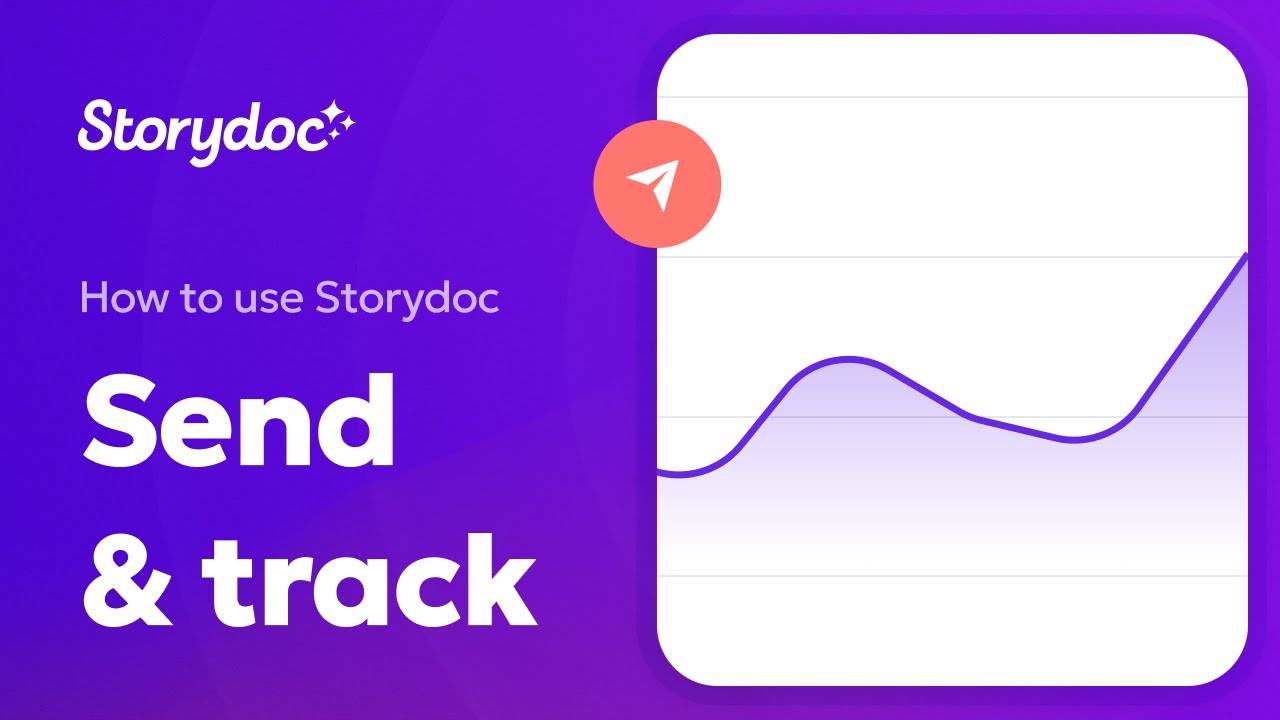How to prepare for creating a slide deck?
The difference between a forgettable slide deck and a memorable one lies in the groundwork you do before you sit down to build the slide deck.
In the words of Nancy Duarte, the author of the book “slide:ology: The Art and Science of Creating Great Presentations”:
“Audience interest is directly proportionate to the presenter's preparation. You better spend time and energy on any presentations where the stakes are high.
An audience can tell how much energy you spent on your presentation, which is a reflection of how much you valued their time.
If they gave you an hour of their time, you need to make it worth it to them by treating their time as a valuable asset by making the content valuable to them.”
Here's a guide to laying that foundation for a slide deck that not only informs but engages:
1. Define your slide deck goals
What's the aim of your presentation? Are you looking to educate, convince, engage, or motivate? Pinpointing your goal is like setting your GPS; it guides everything that follows.
2. Research your target audience
Understanding your audience's needs, expectations, and pain points allows you to tailor your message. Speak their language, address their concerns, and you'll capture their attention from the first slide.
3. Research your topic extensively
Dive into your subject with the curiosity of a child and the diligence of a detective. This depth of understanding will shine through in your presentation, building credibility and allowing you to address questions and objections with confidence.
4. Choose the right delivery format
Most slide decks are delivered using the PowerPoint slide format, a common 9:16 ratio that we all know. This includes presentations made with tools like Google Slides and Canva. You may even think this is the ONLY way.
But the ppt slide format is a bad format for engagement. It’s static, limited in space, and prone to all the common slide deck mistakes.
On the one hand, a static slide deck is the most common and recognized format, which makes it “safe”. But the fact it’s recognizable also makes it indistinguishable and boring.
On the other hand, an interactive slide deck invites your audience to explore with you, turning the presentation into a conversation.
Which deck would be more likely to get your attention, the static or the interactive one?

















